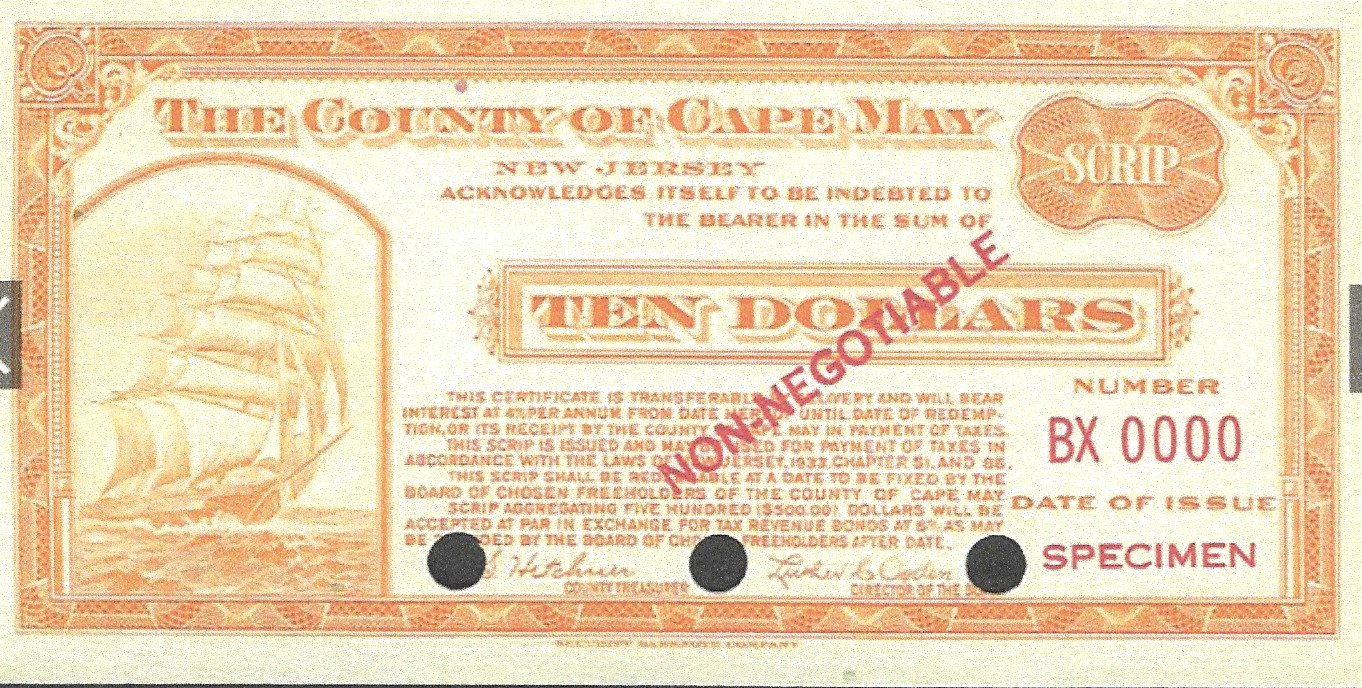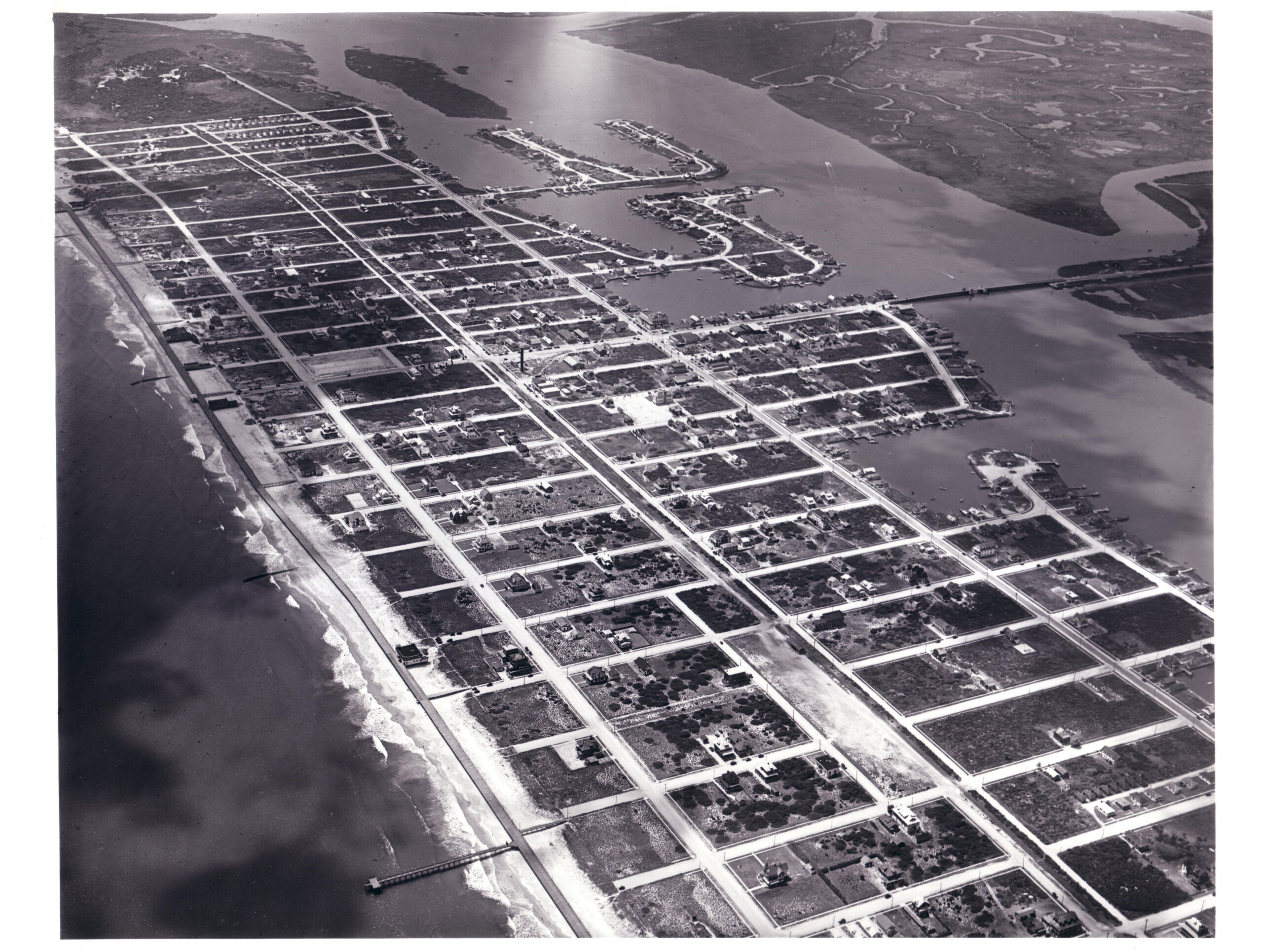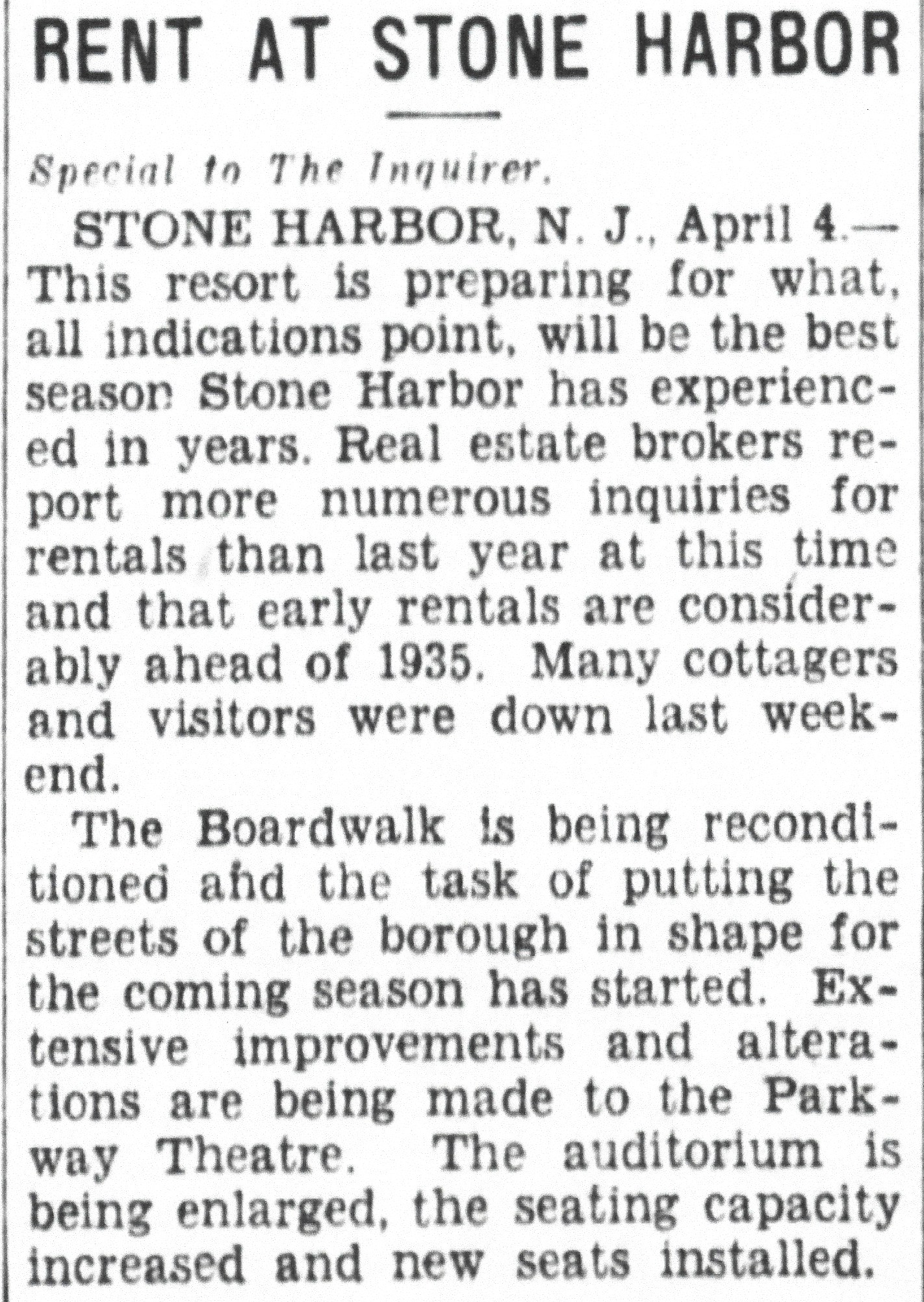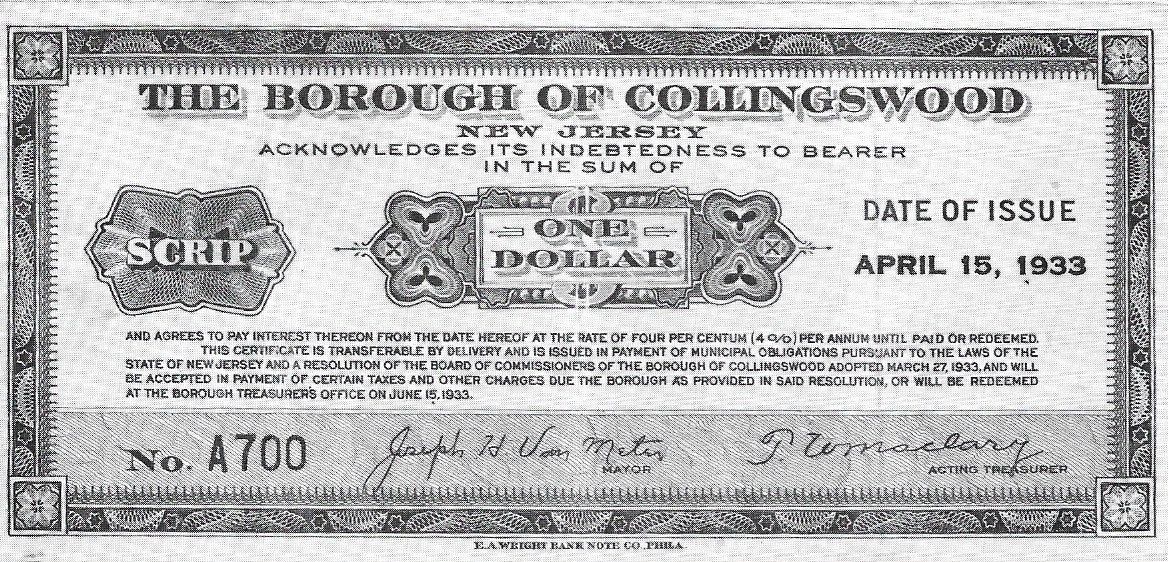
PREFACE: Due to the rather complex nature of this subject, there will be a greater than usual emphasis on details and specifically numbers contained in this particular account. I promise not to inundate you with such minutiae more than I have to in order to adequately round out this article.
INTRODUCTION: The Wall Street Crash of 1929 – The most devastating stock market crash in the history of the United States occurred in the Fall of 1929 and extended through the decade of the 1930s. In fact, it can be said that the United States was following in the footsteps of other European nations and world trading markets that were also experiencing serious economic downturns and distress. While important, I will not however get into the role that rampant and irrational speculation in stocks and land properties played in setting the stage for what was to become a significant collapse in our stock market. But you can rest assured that this unchecked and runaway speculation along with several other key factors entered into the picture and had a big part in fostering the stock market crash.
Finally, on October 29, 1929, a day known in the history books as “Black Tuesday”, the U.S. stock market went into a severe selling frenzy mode and in just one day 11% of its value was wiped out. And this was immediately following the previous day’s huge Monday, October 28 sell-off of 12.82%. Panic set in and that created a so-called “contagion-effect” of perpetuating more selling and more weakness of stocks further driving down prices of equities. For the next few years there was much uncertainty and the markets remained in a state of continual change and fluctuation while constantly re-testing itself but failing to get any significant traction leading to any lasting improvement. Without question, our nation was in serious financial crisis. The nation needed a change both in the leadership at the helm in Washington, D.C. as well as a fundamentally new broadly-based national policy for addressing the ailing economy.
THE STORY: The 1930s saw the use of scrip signifying the hard times during the economic depression. During the decade of the 1930s the County of Cape May, New Jersey issued scrip (see the steel engraved orange “Specimen” certificate issued by Cape May County in the amount of “TEN DOLLARS” above) as a temporary but legal form of tender since money was often in short supply during this prolonged period. In other words, scrip was a promissory note and became a makeshift but legitimate form of currency. Incidentally, the value of the featured $10 Cape May County scrip note in 1933 was equivalent in purchasing power to about $236.17 today in 2023. Everything is relative!
While I have not been able to determine if the Borough of Stone Harbor ever actually issued scrip, and I and some others somewhat doubt that they did, like the rest of the nation the borough too was impacted by the severity and the lengthy duration of the economic depression. If however I am wrong about Stone Harbor not having issued scrip, then I will stand corrected and I will do a follow-up article in due course. Yet we know that by 1933 Stone Harbor was specifically burdened with an extremely large debt, much of which was in the form of unpaid County taxes.
At its depth, the overall jobless rate in the State of New Jersey was between 25% and 33% of its workforce. Those are indeed extraordinary numbers and indeed indicative of just how severe the unemployment rate really was. Without question this high unemployment rate had a significant influence on the standard of living for most New Jerseyites. Before long the state’s per capita income was almost halved and dramatically fell from $839 per annum in late 1929 to $433 in 1933. In addition, 140 banks in New Jersey also were forced to close and many depositors lost a lot of money in the form of savings accounts with those failed banks. In some instances, circumstances led to numerous New Jersey banks if salvageable, reorganizing/restructuring or combining with other healthier banking establishments. People understandably were now losing faith and trust in our nation’s banking institutions.
Some municipalities even had to declare bankruptcy as often their primary source of revenue was local property taxes which dropped precipitously with the subsequent decline in real estate prices. If communities had taken on debt for major projects, then the extended impact of the depression really adversely affected those communities the most. In order to pay off their debt, but lacking cash to pay their bills and their employees, some places throughout the state were forced to issue redeemable/transferable scrip with the promise that they would honor and pay when they could. Many workers in New Jersey’s manufacturing centers who lost their jobs had to rely on relief funds, soup kitchens and some public workers such as policemen, school teachers and even salaried workers for example in Stone Harbor worked for reduced wages (e.g. 10% less pay) in order to keep their jobs.
One poignant image can be conjured up by imagining men who waited in long lines in April of 1935 and who were applying for work wielding a pick and shovel on a Newark subway excavation project for $4 for a 10-hour day. Or how about imagining a mass rally or a protest march of many unemployed men on Broadway in the City of Camden openly protesting and casting light on their woes and shared financial plight? These are examples of just how desperate things had gotten. And remember there was no unemployment insurance at that time. Finally the U. S. stock market from April 7, 1930 until July 8, 1932 took a real walloping, losing 89% of its value. Clearly these were “hard times”.
Many American History textbooks have cited that the United Sates actually experienced two significant downturns or depressions during the 1930s with the first being more severe at the outset of the decade than the second which played out around 1936 for the remainder of the decade. That however is another story for another time.

Total tax liens on properties alone in Stone Harbor amounted to some $376,000 and in order to dispose of those liens, the borough began to chisel away at and pay off that large debt on a gradual basis. Stone Harbor’s numerous foreclosures and liens were over time disposed of, and thus the borough became the owner of most of the ocean front lots as well as most of the lots at the southern end of Stone Harbor including the bungalow colony. The aerial photograph just presented above that was taken in 1933 attests to the fact that throughout the decade of the thirties Stone Harbor still had more empty lots than filled or developed lots. Accordingly, we are happy to state the fiscally conservative borough council did an admirable job of reducing their debt and considerable credit goes to the town administrators for being the first resort in all of Cape May County to successfully refinance their debt. However, with so many properties available, there was little incentive to build any new structures during this period and consequently Stone Harbor’s population and the number of houses remained relatively stagnant.

On April 4,1936, a brief article appeared in a “Special to The Philadelphia Inquirer” newspaper. According to that account about the state of Stone Harbor, it appears that the economy was rebounding and strengthening somewhat and this would have indeed been encouraging news for Cape May County and particularly Stone Harbor. As the article goes on to state and with an uptick in rentals, the Stone Harbor Boardwalk was being reconditioned and several other projects were also slated for extensive improvements. Perhaps this glimmer of good news was foretelling positive changes that were in the offing and that maybe there was a light at the end of the tunnel insofar as the depressed economy was concerned. But only time would tell.
Now let’s turn our attention to some more encouraging news. Do you recall the song “Happy Days Are Here Again”? On the cusp of the Great Depression, the 1929 song with music by Milton Ager and lyrics by Jack Yellen became an instant hit and would remain a popular refrain and even become a theme song for hope in America throughout the 1930s. In fact many will say that that song helped launch Franklin D. Roosevelt’s presidency and his bid for the White House which he successfully attained on March 4, 1933. Some of the positive outcomes of FDR’s New Deal program initiatives included the creation of remedies like Social Security, the Securities and Exchange Commission (SEC), the Federal Insurance Deposit Corporation (FDIC), the Public Works Administration (WPA) and a host of others that provided opportunities for men especially to obtain work and thereby derive much needed income. Such programs over time would have a ripple effect and improve the overall quality of life for many Americans. It would be important to improve not only the workingman’s wallet and his income but also restore his dignity and self-worth as a wage earner and head of a household.
However, there were even some who would maintain and subscribe to the notion that the unfortunate and calamitous events of World War II during the first half of the decade of the 1940s were what it really took to finally bring the United States economy back to a more sound and healthy position leading to greater prosperity. But it would then be a wartime economy and a vast military-industrial situation that would take center stage. But what a toll was about to be paid for sustaining such economic recovery and prosperity. But that too is another story for another time.

POSTSCRIPT: For added interest, the image illustrated immediately above is another example of scrip – issued in this case in 1933 by the Borough of Collingswood, New Jersey in Camden County. The “ONE DOLLAR” certificate at that time (1933) had for example the purchasing power to buy 10 bottles of beer. That being said, keep in mind it was the 21st Amendment enacted on December 5, 1933 that repealed the Prohibition Act in the United States. Adjusted for inflation, that $1 certificate in 1933 was equal to the purchasing power of $22.60 in 2023. For added perspective, we might also note that the official postage rate to mail a First Class letter in 1932 was 2-cents and that rate was hiked to 3-cents the following year in 1933. While there are many more lingering questions and issues on this very subject regarding the great economic depression affecting New Jersey and Stone Harbor, hopefully this account will have in some way enhanced your understanding of the tumultuous conditions and this complex period in the history of our nation!
FOR THE RECORD: The Dow Jones economic indicator did not return to its peak close of late 1929, for 25 years, until November 23, 1954. That indeed is a remarkable and extraordinary revelation in itself! That clearly tells us in a nutshell just how severe those troubling economic times of the thirties really were in our history. Perhaps one might propose or even argue that out of national adversity emerged national strength and resiliency. The United States would move on to even more greatness and success!
